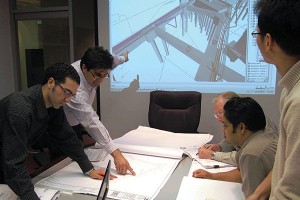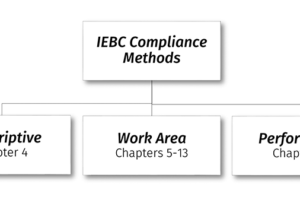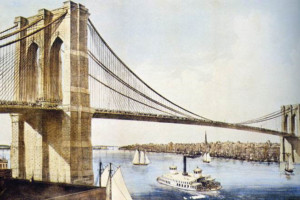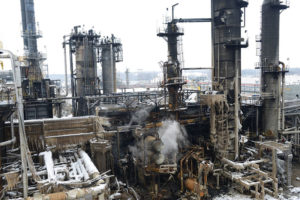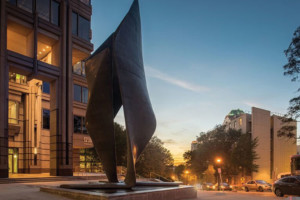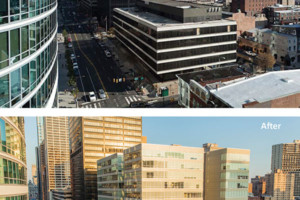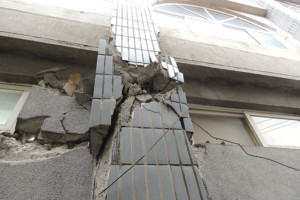Increasingly, the design and construction industry is relying on Building Information Modeling (BIM) to conceptualize, plan, detail, create, and guide the building of structures. As a result, the industry as a whole is moving toward more efficient processes. Surprisingly, structural calculations have not evolved in the same way. …
Review Category : Articles
Throughout the United States, many jurisdictions are now adopting the 2015 International Codes. Perhaps the greatest impact to structural engineers is the fact that Chapter 34 of the 2015 International Building Code (IBC) has been removed. This chapter provided minimum design requirements for existing buildings. …
This article provides an overview of a bolt design example utilizing the American Wood Council’s (AWC) 2015 National Design Specification® (NDS®) for Wood Construction. Topics include connection design philosophies and behavior, an overview of 2015 NDS provisions related to bolt design including local stresses in fastener groups, and a detailed design example. …
Washington A. Roebling assisted his father in the design of the bridge from March 1868, after he returned from his combination honeymoon and fact-finding trip to Europe. While in Europe, he visited Telford’s Menai Straits suspension bridge, Brunel’s Clifton suspension bridge, and many others. Washington toured the steel mills of England and Germany and learned all he could about pneumatic caissons. …
On January 10, 2015, a refinery in Lima, Ohio suffered a catastrophic failure resulting in an explosion. This explosion reportedly rattled windows as far away as five miles. Following suppression of the fire, the investigation into what caused the explosion commenced. However, investigators probing the debris field were faced with the challenge of documenting the layers of damage relative to each other in three dimensions. …
Not Your Father’s Concrete
Concrete is the most widely used material in the world. With U.S. cement consumption at 3.4M metric tons through May and 9.4% growth over the same period in 2015, it is safe to say that concrete plays a significant role in nearly all types of construction projects (PCA July Monitor, 2016). …
Part 3: Engineering Reasoning
The thesis of this series is that engineering reasoning is a practical implementation of what Charles Sanders Peirce described as diagrammatic reasoning. Most people associate the word “diagram” with a picture of some sort, but he viewed it primarily as “a concrete, but possibly changing, mental image of such a thing as it represents.
Vacant Building Transformed Thanks to Prefab Construction
The Harman Group, Inc. was an Outstanding Award Winner for its 2040 Market Street project in the 2015 NCSEA Annual Excellence in Structural Engineering Awards Program in the Category – Forensic/Renovation/Retrofit/Rehabilitation Structure over $20M. …
Natural disasters devastate communities, destroy structures, halt livelihoods, and take lives. With each event, engineers aim to improve our practices to lessen the impact of future incidents. Reconnaissance trips following natural or manmade disasters can provide a valuable education. As a young engineer, I have had the opportunity to work in three areas following natural disasters, exposing me to collaboration among disciplines, foreign codes and practices, new research, damage to structures at full scale, and the consequences of our designs. …
In early August of this year, hot on the heels of both major political parties’ national conventions, a meeting took place in a secluded hotel conference room in downtown Chicago that, despite including many high-ranking officials from national organizations, has received distressingly little coverage in the mass media. I’m referring of course to the summer meeting of the leaders of CASE (Council of American Structural Engineers), NCSEA (National Council of Structural Engineers Associations) and SEI (Structural Engineering Institute). …

